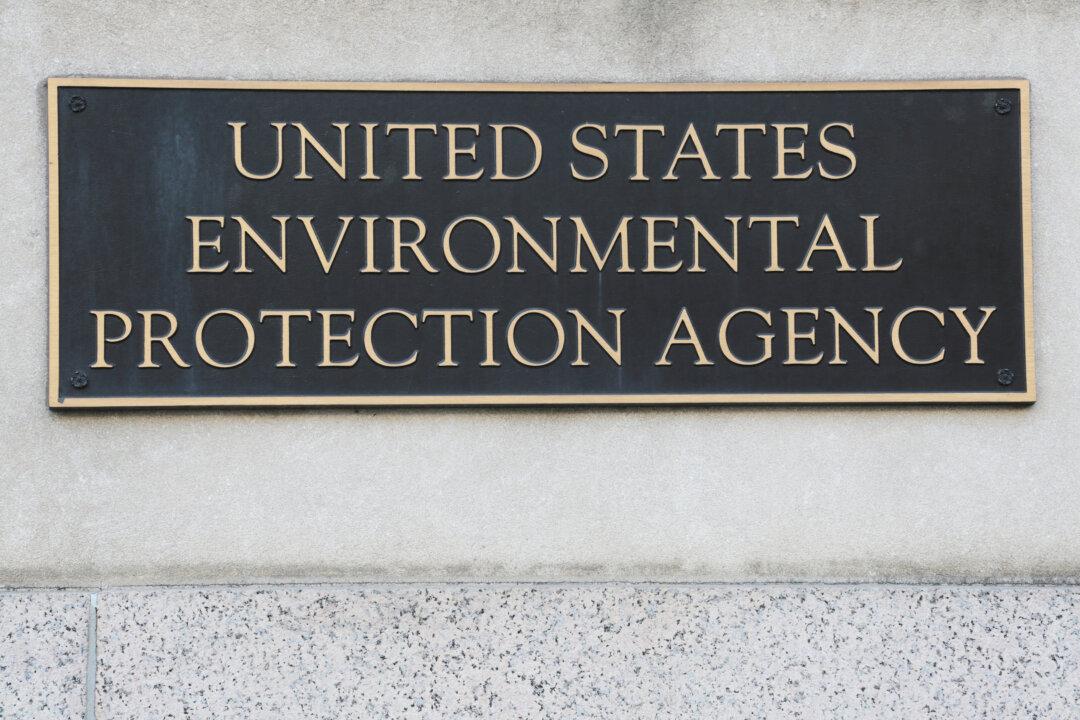The U.S. Environmental Protection Agency (EPA) has proposed a rule to replace all lead pipes in water systems across the United States due to concerns about severe harms posed by lead contamination.
The EPA intends to modify the 1991 Lead and Copper Rule to achieve a “100 percent lead pipe replacement within 10 years,” the agency said in its announcement. “When lead service lines are present, they represent the greatest source of lead exposure in drinking water.”





